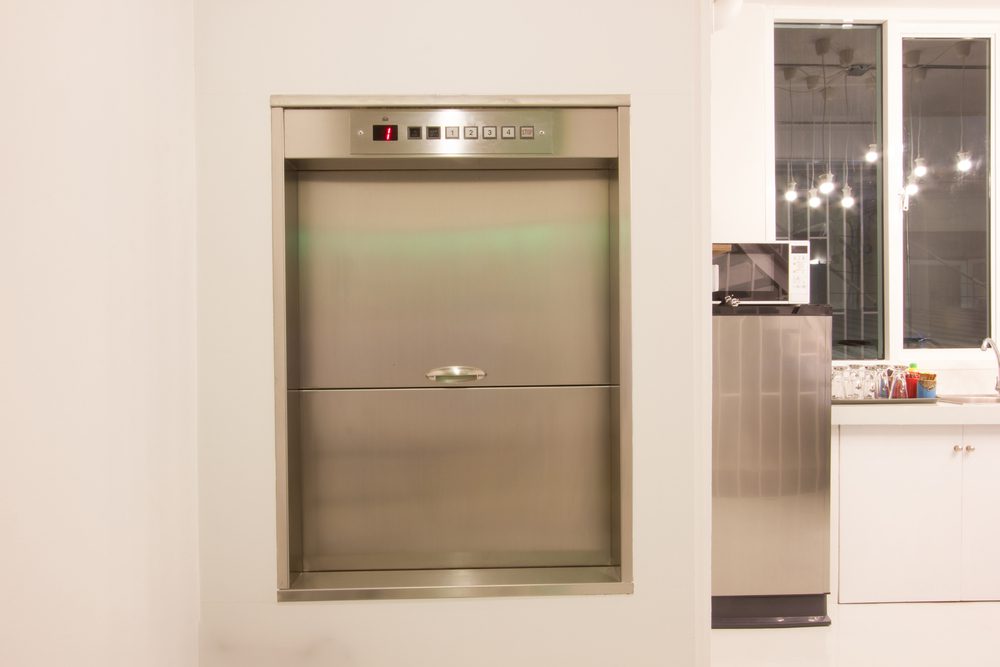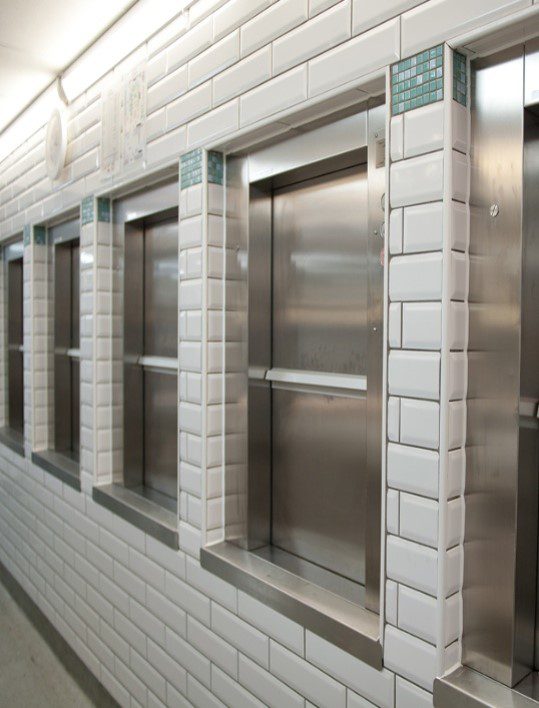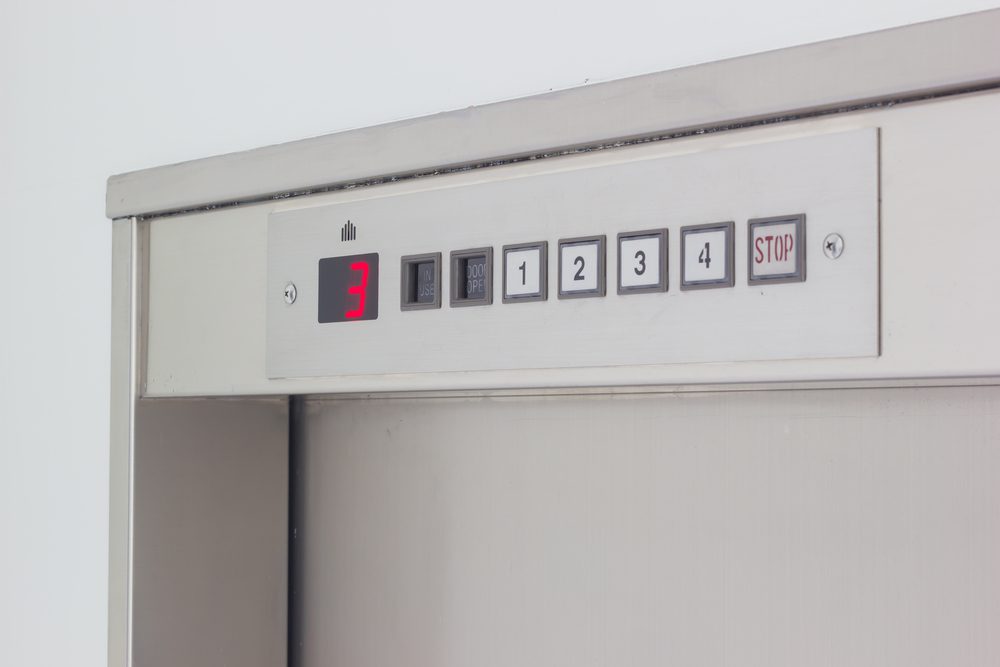Health and safety plays a big role in the workplace regardless of the industry, which is why it is important to know how to efficiently clean your
LEARN MOREFor thousands of businesses across the UK, dumbwaiter lifts are an invaluable necessity. Improve the efficiency of your business with a bespoke, modern dumbwaiter and save valuable time and money.
Sometimes known as food lifts, kitchen lifts, or automatic service lifts, dumbwaiters are used in a huge range of commercial settings to transport goods quickly and seamlessly between floors.
With over 40 years of experience in the lift installation industry, you can count on Sheridan Lifts to provide the perfect product for you.



